Thought to have been built between the 5th and 8th century C.E., the five Hindu and two Buddhist caves collectively known as the Elephanta Caves have survived through centuries of habitation, invasion and neglect to still stand and draw in thousands of tourists in present-day Mumbai. The island and its resident caves received the name ‘Elephanta’ from Portuguese invaders after the discovery of a black stone sculpture of an elephant on the island, now housed outside Mumbai’s Dr. Bhau Daji Lad Museum.

Ashwin Kumar / Flickr
While the creators of the caves remain unknown due to a lack of surviving records, local legend credits various mythical and non-human figures with the creation of these temples. The earliest surviving records identify Elephanta Island as Puri or Purika, the capital of the Konkan Maurya kingdom during the 6th century C.E. though their role in building the caves remains debated amongst historians.

Baishampayan Ghose / Flickr
Most of these caves are in ruins but the few structures that remain are enough to suggest the grandeur of what must have once been. The Great Cave is the most intact among what remains. It was an active place of worship for the island’s Hindu residents well until the 1500s, when the Portuguese took control of the island. The caves suffered much damage under the Portuguese, with its stone sculptures even being used for target practice by soldiers. Regardless, the impressive 6m high Trimurthi sculpture, which features three faces of Lord Shiva survived and remains the highlight of the caves. Many aspects of the caves’ internal design, including sculptures and wall carvings, bear resemblance to the Shiva temple at the Ellora caves. Another structure that remains somewhat intact, in comparison to the other dilapidated caves, is the Sitabai Temple, a large prayer hall featuring walls adorned with rich and intricate sculptures located near the great cave.

A collection of Shiva and Buddhist rock-cut temples located near Mumbai, Elephanta Caves is a fascinating blend of art and heritage. No one knows for sure who built these caves or when, but it remains beyond doubt that these centuries-old caves are among the finest rock-cut architecture existing in India. Whether you are a history buff, a connoisseur of art and architecture or an excited traveler planning to book your hotels in Mumbai for a leisure trip, do not miss out on exploring this prime attraction in the city.
Looking for more details about this UNESCO World Heritage Site in Mumbai? This blog brings to you all the details about the Elephanta Caves, including its history, architecture, timings, entry fee, and others.
Elephanta Caves Information:
| Location | Elephanta Island |
| Timings | 9:00 am to 5:30 pm; closed on Mondays |
| Entry Fee | ₹ 10 for Indians and SAARC nationals; ₹ 250 for foreign nationals; free for children under 15 years of age |
| Video Camera | ₹ 25 |
| Still Camera | Free |
| Status | UNESCO World Heritage Site |
| Best Time to Visit | October to February |
| Origin | Between 5th and 9th century (approx.) |
| Architectural Style | Rock-cut style |
Elephanta Caves: History
The early history of the Elephanta Caves is unknown, but many historians agree on the point that the temples and reliefs on the site date back to somewhere between the 5th-century and 9th century. The site is located on Elephanta Island or Gharapuri, which means the village of caves in the Marathi language. The caves, as well as the island, were given the name Elephanta by Portuguese invaders after they took control of the place in 1534. It was the discovery of a gigantic rock-cut sculpture of an elephant on the island that prompted them to name the place so. In 1661, the colonial British rulers brought the island under their dominion.
Over time, these caves suffered significant damage and destruction by Persian invaders, Christian Portuguese soldiers, and Maratha as well as British rulers. In 1909, the British India officials initiated attempts to protect the caves from further damage. Later, the Government of India carried out restoration works at the site in the 1970s and made it a heritage site and a tourist attraction as we see it today.
Elephanta Caves Architecture
There are two groups of caves on Elephanta Island, each featuring the rock-cut style of architecture. The caves are carved out of solid basalt rock and cover an area of 60,000 sq. ft. The larger one of these two groups has five caves with numerous Hindu sculptures. Two Buddhist caves at the site make up the smaller group along with water tanks and a Stupa.
Each cave has been carved as a rock-cut temple with one main huge chamber, courtyards, two lateral chambers, and minor shrines. Cave 1 aka the Grand Cave is the biggest one among these and spreads across 39 meters from its entrance to the back. This cave temple is mainly dedicated to Lord Shiva and has several structures and carvings celebrating the deity and his different forms.

Elephanta Caves: Today
Today, the magnificent Elephanta Caves count among the top tourist attractions and historical monuments in Mumbai. This architectural marvel was granted the status of UNESCO World Heritage Sites in 1987. A two-day music and dance festival, called the Elephanta Festival, is held at the island every year in February. The caves are now under the maintenance of the Archaeological Survey of India (ASI).
How to Reach Elephanta Caves
The cave complex is situated about 10 km from the Mumbai Harbour. You will have to take a ferry ride from the Gateway of India to reach the site. Maharashtra Tourism Development Corporation (MTDC) offers ferry services to Elephanta Island from Apollo Bunder, which is located near the Gateway of India. Once you reach the island, you can hop on to the toy train to reach the cave entrance from the dock. Or you can climb the flight of 120 steep stone steps leading to the caves.
- Ferry Charges: ₹ 150 for adults; ₹ 125 for kids (3 to 7 years of age)
- Toy Train Ride: ₹ 10 per person
Things to See in the Elephanta Caves Complex
Elephanta Island is a treasure trove of architecture and heritage. You can find several sculptures and carvings here, each of which testifies to the incredible craftsmanship and architectural prowess of the bygone eras, such as:
- Cave 1 or the Great Cave, the largest cave on the island
- Trimurti, a three-headed Shiva statue considered to be the most important sculpture in these caves
- Gangadhara, Ardhanarishvara, Nataraja, and other sculptures in Cave 1
- Cave 2 to 4 on the Cannon Hill with smaller and mostly ruined works of art
- Cave 5, which is an unfinished cave
- Caves 6 and 7 on Stupa Hill, which reflect Buddhist elements
- A ruined Buddhist Stupa on Stupa Hill
Lesser Known Facts
- The giant elephant sculpture that led to the naming of the island is now located at Jijamata Udyan, the oldest public garden in Mumbai.
- The British India Government charged visitors to the Elephanta Caves with a temple tax from 1872 to 1903.
- Several scholars believe that the caves and the sculptures were used as a firing range by the Christian Portuguese soldiers for target practice.
Now, aren’t you excited to visit this centuries-old cave complex which will transport you back in time with its history, heritage, and ancient architecture? You can also check our blog on the one-day tour to Elephanta Caves for more details. So, let your tryst with history begin!

About Elephanta Caves
An hour-long ferry ride from the Gateway of India to the Elephanta Island in the Mumbai Harbour, will open you up to a hidden world of rock-cut caves robust in their carvings and boasting a legion of Shaivite sculptures. Welcome to Elephanta Caves, tucked away in a desolate island locally called Gharapuri (city of caves) 10 kilometres east of the Gateway of India. Through the 19th and 20th Centuries, historians and scholars have been in two minds about their exact period of origin. Further studies, numismatic evidence, architectural style and inscriptions have traced the cave temples to King Krishnaraja from the Kalachuri dynasty around mid-6th Century, and the Buddhist Stupas to the Hinayana Buddhists who had settled in the island around 2nd Century BCE, much before the advent of the Brahmans to Elephanta.
Hewn into a basalt rock face, this UNESCO World Heritage Site straddles two hills, one to the west and the east. The western ridge rises gradually from the sea and expands towards the east across a gorge and peaks at an elevation of about 173 metres. The landmark cave here is Cave 1 or the Great Cave on the western hill known for its stellar Shaivite depictions and reliefs from Hindu epics and mythology. Adjacent to Cave 1 and in the southeast direction, Cave 2 through 5 pan out. Cave 6 and 7, however, are on the rim of the eastern hill which is otherwise home to the two Buddhist caves with Stupas and water tanks. There is a walkway connecting the east and the west hill.
Elephanta Caves information
The local Marathi folks popularised this island as Gharapuri, but Elephanta became common parlance after the Portuguese took over the land from the Gujarat Sultanate in 1534 and named it so after the massive rock-cut elephant statue that stood sentinel over the sea. The colonisers identified the structure as a landmark to dock their boats and to also tell it apart from the other smaller islands on the Arabian Sea. You can no longer find this monolithic elephant statue here as it was damaged in an attempt to move it to England. In 1914, it was reassembled by Cadell and Hewett and placed in the Jijamata Udyaan, a zoo and garden in Byculla, Mumbai, where it stands today.
While the artwork in the historic Elephanta Caves owe it to the various religious texts, spiritual philosophy and Hindu mythology, and not to mention, the Puranas and the epics, the sculptures and the panels are also considered a veritable commentary on the Hindu culture and society in mid-1st millennium CE.
Here’s a definite guide to explore the Elephanta Caves:
Cave 1 or the Great Cave: After disembarking from the ferry, you can either walk the one kilometre distance to the cave site or take a toy train from the pier to the base of the hill. Further, you need to ascend a fleet of 120 steps to the hilltop on which the Great Cave is perched. The architecture of the cave seems to have been borrowed from that of a typical Buddhist Vihara (monastery), with a central court and several pillared cells. For a depth of 39 metres from front to back, it has a remarkably small main entrance. Although, there are two side entrances each from east and west. An ode to Shaivism, the temple complex celebrates the various forms and manifestations of Shiva with some larger-than-life sculptures. The centerpiece of the Grand Cave is the Trimurti, and also the most intriguing. Facing the north entrance is the Trimurti sculpture carved in relief on the cave wall depicting Shiva with three heads, also called Sadashiva. The three heads each are symbolic of the holy trinity, translating into creator, preserver and destroyer. The Gangadhara is another depiction of Shiva just to the right of the Trimurti. Here, in extreme detail, Shiva is shown bringing the Ganges down from the heavens to serve mankind, while Goddess Parvati looks complacent standing beside him. The carving of Ardhanarishvara to the east of the Trimurti is in a dilapidated state. It portrays the coming together of energy and power by showing the unification of Shiva and Parvati with the upper half as a feminine form and the lower, masculine. Nataraja, Yogishvara, the wedding of Shiva and Parvati are among the other popular themes Cave 1 delves into.
Canon Hill for Caves 2 to 5: Cave 2 was ravaged and restored in the 1970s. It has four square pillars and two small cells. Cave 3 carries on the mandapa architectural legacy with pillared recesses and inner chambers. The central door holds a damaged shrine, believed to be that of Shiva. Next in line is Cave 4 also in a ruinous state with a rambling verandah bereft of pillars. Though, there is a lingam in the shrine at the back of the structure. Cave 5 simply exists with no discernible reference to any tenet in history.
Stupa Hills for Cave 6 and 7: Cave 6 on the eastern hill across from Cave 1 is also called Sitabai cave temple. The porch has four pillars, three chambers and a central shrine. No adornments from the times gone by remain in the cave, barring a frieze with some lion figures carved on it. Cave 6 is significant historically owing to its conversion and use as a church during the Portuguese rule. There isn’t much left of Cave 7 too save for a small verandah which probably accommodated three chambers. The dry pond beyond Cave 7 was probably a Buddhist water tank due to the presence of Buddhist cisterns on its shores. Close to the cistern is a huge mound identified as a Stupa that dates back to 2nd Century BCE.
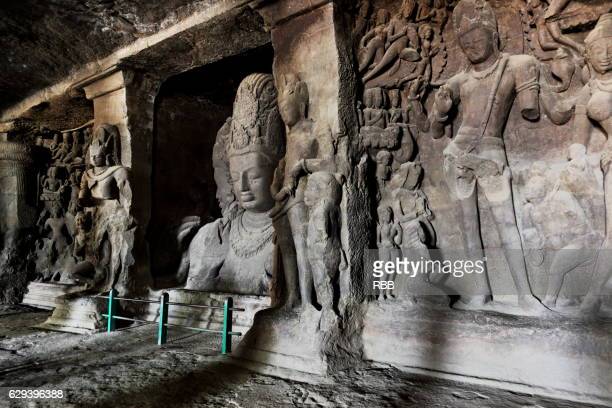
Defacement and Restoration of the Caves
Over centuries scholars have argued over who defaced the structures most, but their findings remain inconclusive to this day. Some schools blame it on the Gujarat Sultanate period for dealing a blow to the artwork and decorations across the caves, and there are others who find the Portuguese soldiers guilty of using the caves as a firing range and the statues for target practice. A few experts exonerate the Muslim rulers and the Portuguese from any defacement the caves suffered, for they were believed to have plastered the artwork and even the caves. These experts believe that the Marathas expedited the impending doom of the caves by deliberately damaging the artwork in the 17th century. In the 1970s, the Indian government made major restoration efforts and gave the heritage site a new lease of life. Today, the Archaeological Survey of India (ASI) manages the site in terms of constructing support structures and maintaining the on-site museum and visitor facilities.
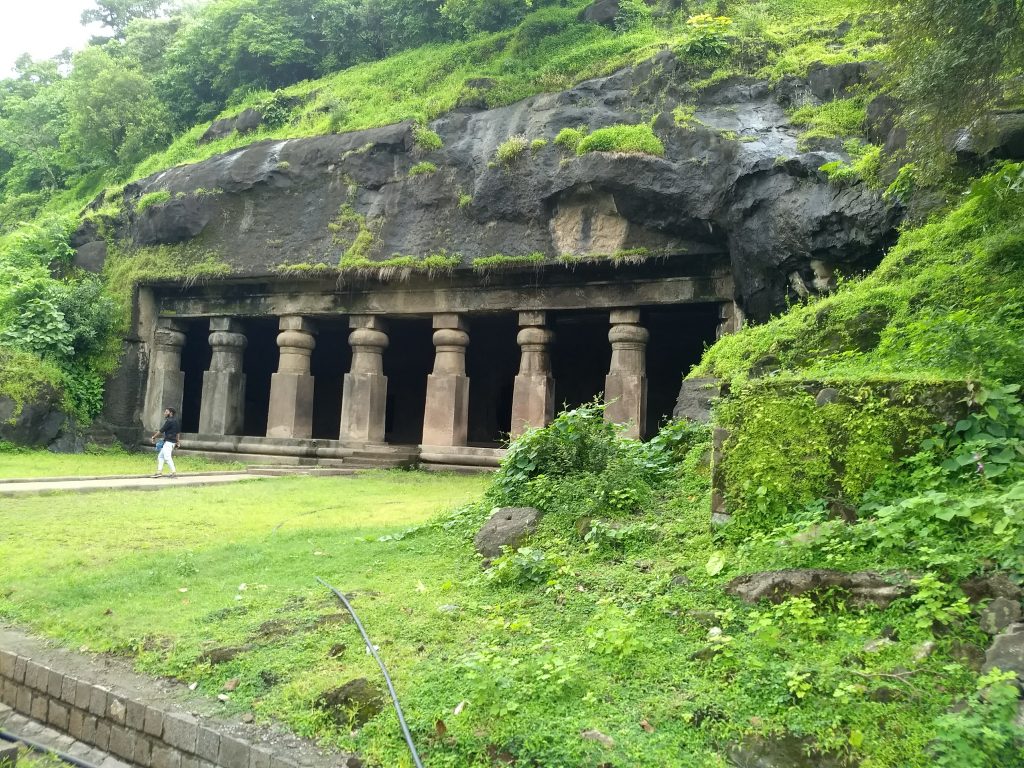
Elephanta Caves Timings
The Elephanta Caves visiting hours are between 09:30 am and 05:30 pm. The first ferry leaves the Gateway of India jetty at 09:00 am and takes you to the Elephanta Island in about an hour. A ferry leaves every half hour from the Gateway of India for Elephanta, with the last one leaving at 02:00 pm. The first ferry returns from Elephanta at 12 noon and the last one at 05:30 pm. The return boats too ply every half hour. When you board a ferry from the Gateway of India, bear in mind that after the one hour ride, you have a 30 minute trek up to the caves site, and another hour at least to explore the caves before you begin your descent to the jetty, which will take an additional 30 minutes. Plan your trip in a way that you do not miss the last boat back to Mumbai.
Stay at one of the hotels in Mumbai in the south, and plan a day trip to the caves.
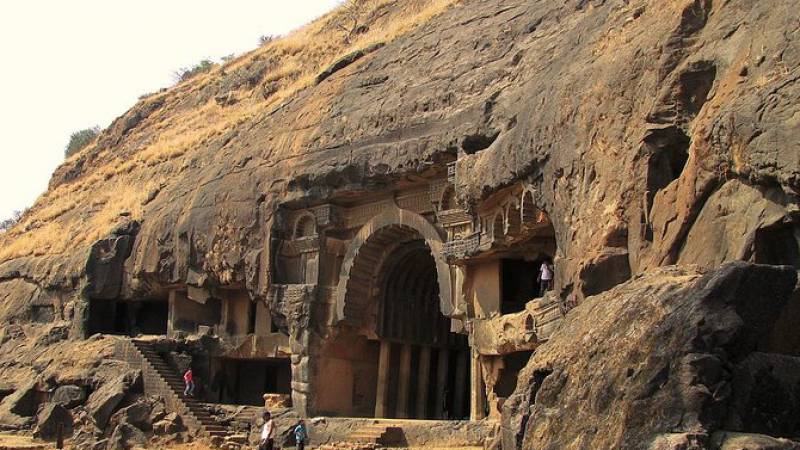
Elephanta Caves Location
Elephanta Island, Gharapuri, Mumbai Harbour, Maharashtra 400094
Elephanta Caves Closed Days
The ferry service and the Elephanta Caves are shut on Mondays.
How to Reach Elephanta Caves
To get to the Elephanta Island, you need to take a ferry from the Gateway of India jetty. The ferry charges around INR 150 for a two-way trip. Career across the bay towards Mumbai Harbour for an hour and then you will arrive at Gharapuri or the Elephanta Island. From here you can either walk the one kilometre distance from the harbour to the base of the western hill, home to the Grand Cave, or take a toy train to the site. The toy train charges INR 10 per passenger. Further, there is a climb of 120 steps to the entrance of Cave 1.
Nearest Metro Station to Elephanta Caves
There is no metro connectivity to the Gateway of India or the surrounding area.
Nearest Bus Stand to Elephanta Caves
There are two city buses, 111 and 112 that depart from Mumbai CST and Ahilyabai Holkar Chowk respectively and drop you at the Gateway of India. To get to the Elephanta Island, further board the ferry from the Gateway of India jetty.
Nearest Railway Station to Elephanta Caves
To get to the Elephanta Caves you need to arrive at the Gateway of India first, from where it is a ferry ride away. The railway station nearest to the Gateway of India is Churchgate, a very prominent south Mumbai address. Headquarters of the Western Railways, Churchgate is one of Mumbai’s oldest and busiest stations connected with the rest of the city by trains, buses and taxis. From the railway station, the Gateway of India is a mere two-kilometres which can be covered by a taxi.
Nearest Airport to the Elephanta Caves
Chhatrapati Shivaji International Airport serves Mumbai and has a brilliant network with the capital of the country and other metro cities aside from having great international connectivity. You have frequent direct flights from Delhi, Bangalore, Hyderabad, Chennai, Jaipur, Ahmedabad, and Kolkata to Mumbai. Some popular domestic and international carriers serving the city include Jet Airways, IndiGo, SpiceJet, GoAir, Vistara, Air India, British Airways, Lufthansa, Emirates, Turkish Airlines, Air France, Singapore Airlines, and Qatar Airways.
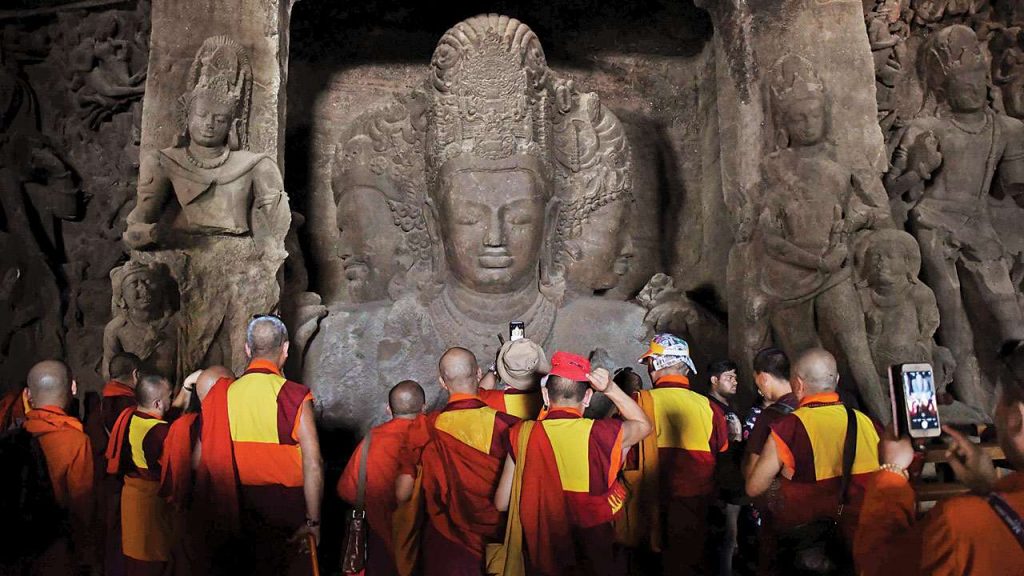
Elephanta Caves Ticket Booking
The Elephanta Caves entry ticket for Indian tourists is INR 40. Elephanta Caves ticket price is the same for visitors from SAARC and BIMSTEC countries. Foreigners, however, need to pay INR 600 as Elephanta Caves entry ticket price. The entry to the monument complex is free for children under the age of 15.
| Entry Fee (Indian) | INR 40 |
| Entry Fee (SAARC and BIMSTEC) | INR 40 |
| Entry Fee (Foreigner ) | INR 600 |
| Entry Below (Children Below Age 15) | Free |
To avoid last minute hustle, it is advisable to book your Elephanta Caves ticket from the web, and simply present yourself at the venue. You could opt to do so from Yatra’s Monuments section, where you just need to key in Elephanta Caves. You will get all the details on the monument in the subsequent page, along with the ticket price. Simply add it to your cart, enter your card details and land on the payment gateway. Once the booking is confirmed, your Elephanta Caves online ticket will be sent to your email id. Carry a printout of the same to the venue. The ASI website also allows for online ticket booking of the Elephanta Caves.
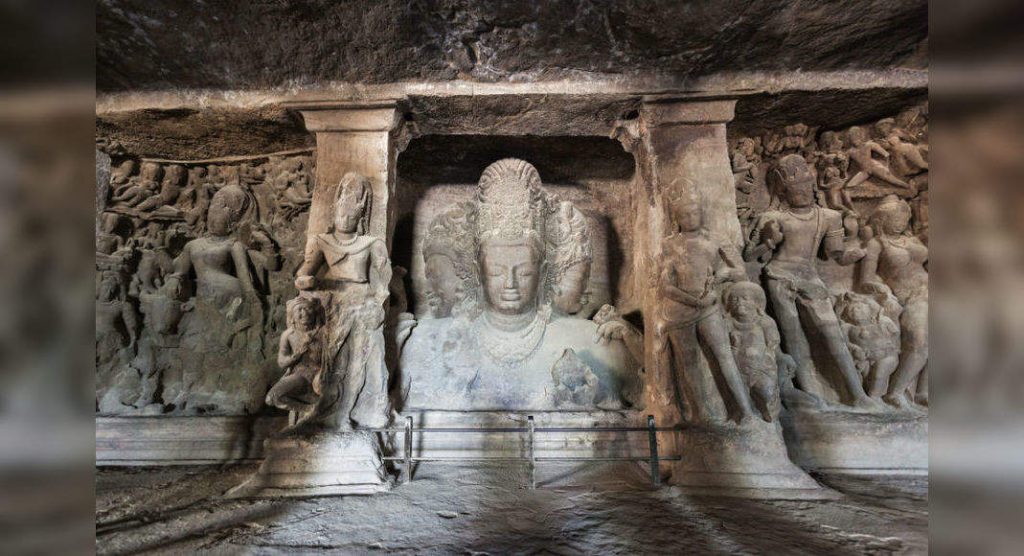
While Elephanta is a year-round destination, it is best to avoid the monsoon months between June and August because torrential rains can derail boat schedules, besides choppy waters may not be the most ideal to venture into. The weather will be your friend between November and February, even early March, and is better suited to walk about and explore the sculptures at Elephanta. Also February is the month for the two-day Elephanta festival which experiences an explosion of cultural activities from classical dance performances, musical recitals, theatre renditions, and not to mention, performances by folks from the local Koli fishing community. With a dramatically lit up Trimurti sculpture in the backdrop, the ambiance in the pillared portico of the Great Cave, the venue for the festival, is to say the least, other-worldly.

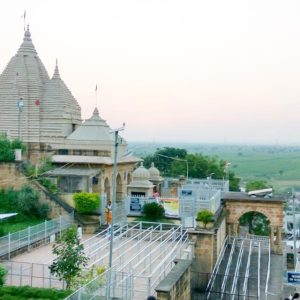
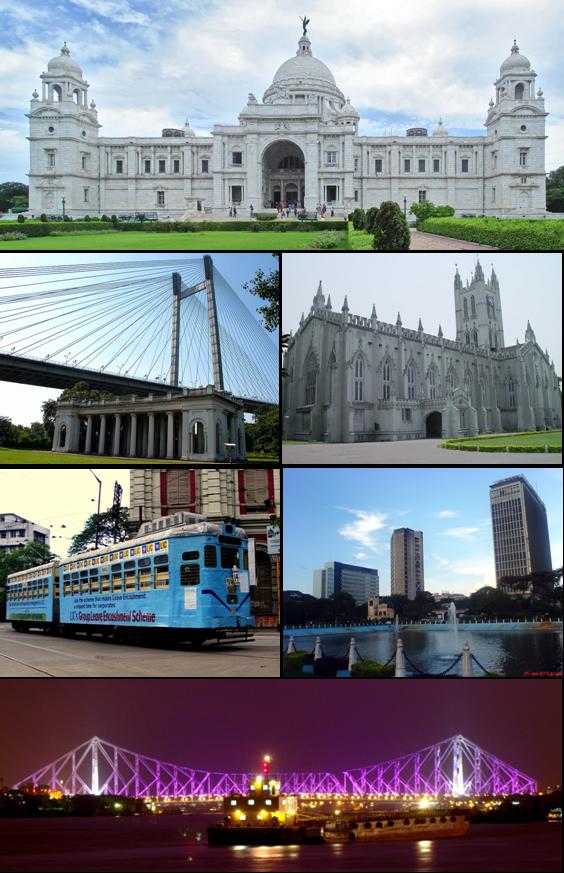
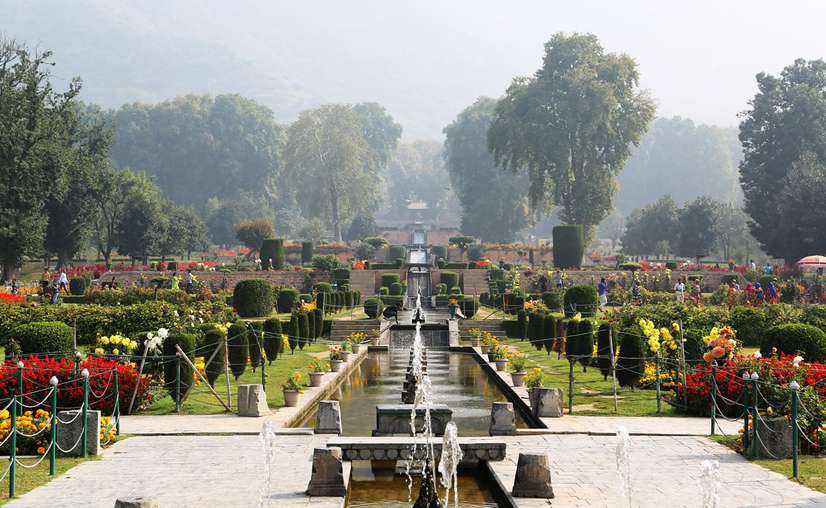

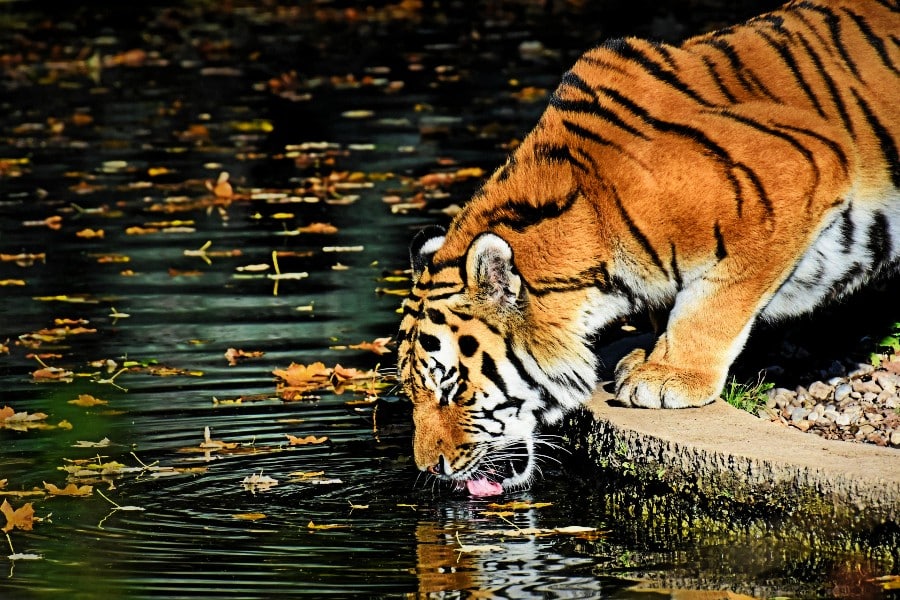

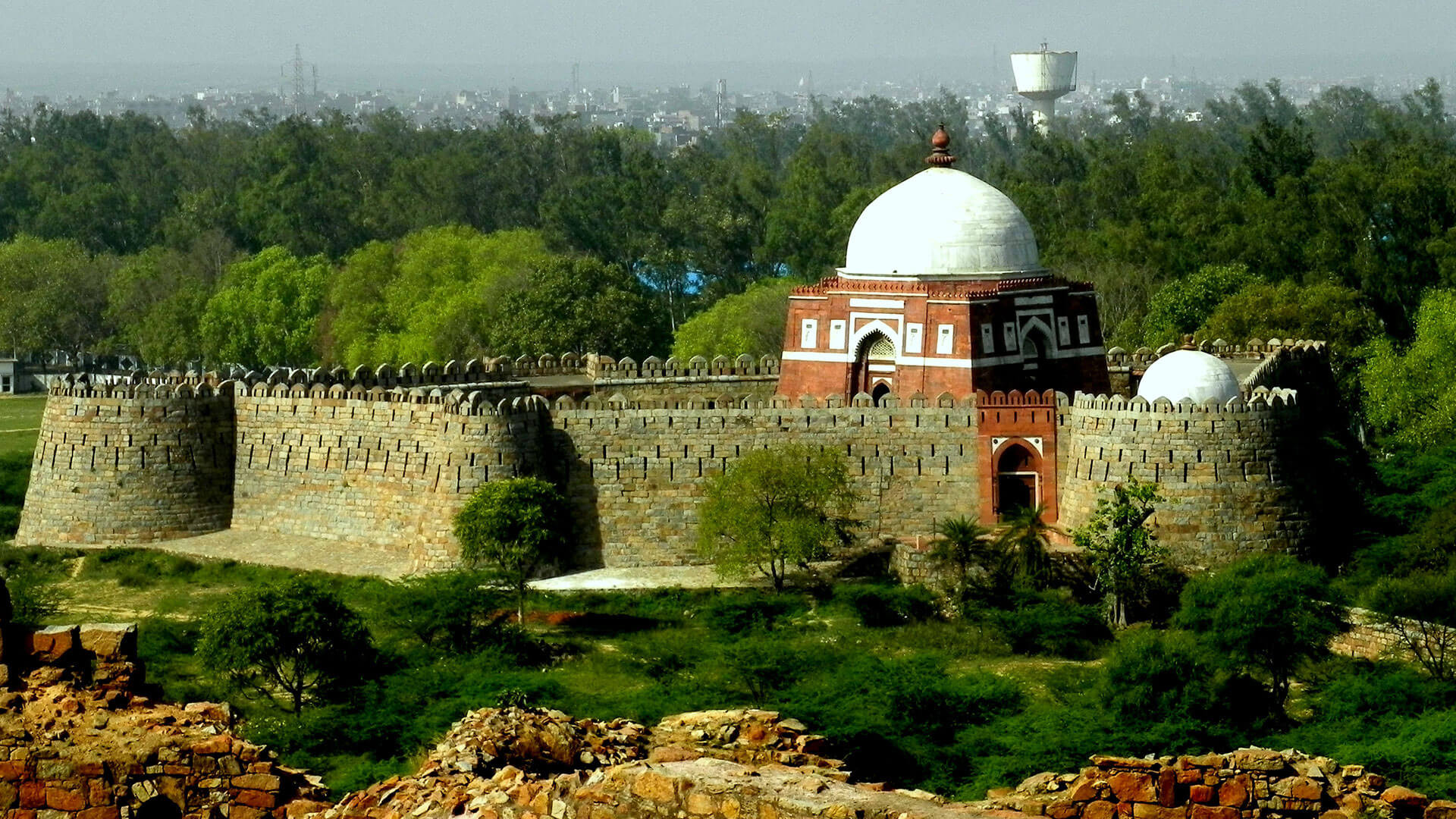
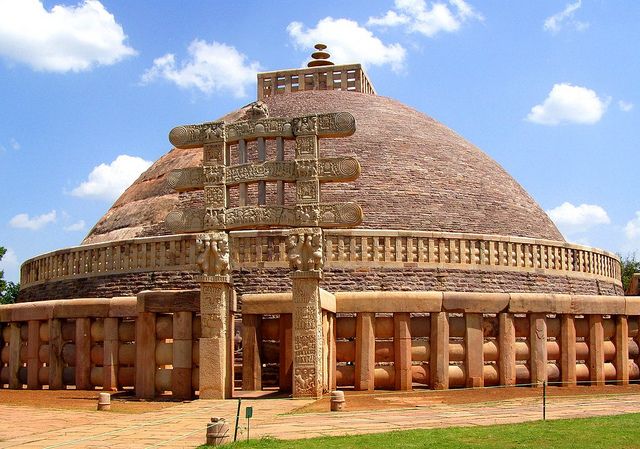
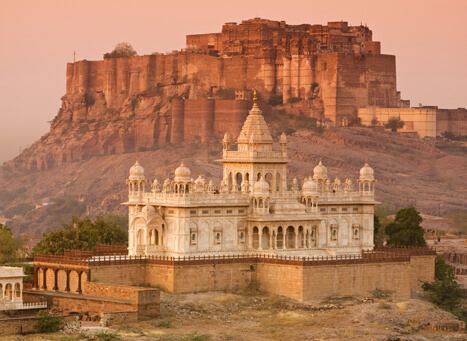
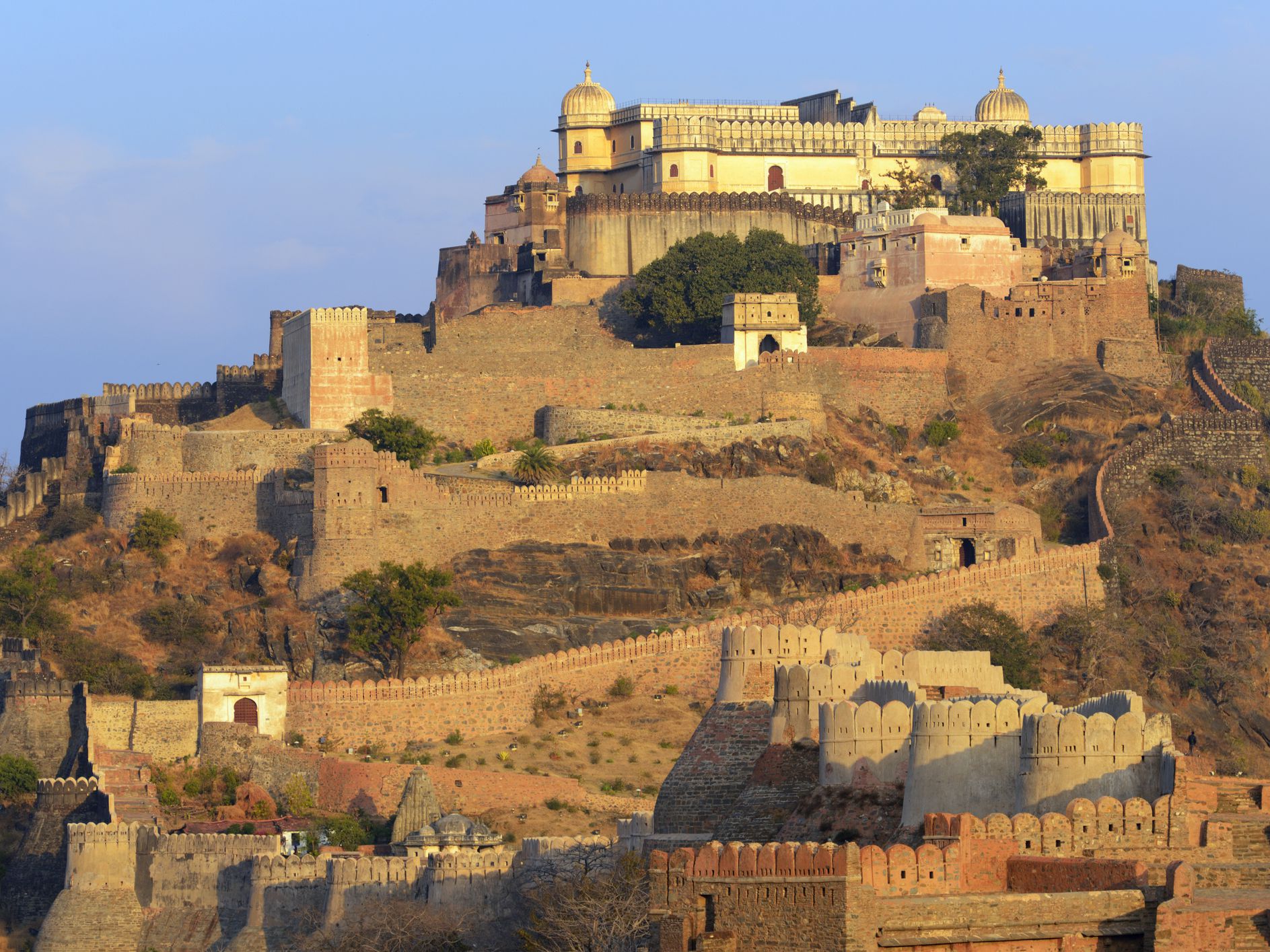


12 Comments
Comments are closed.